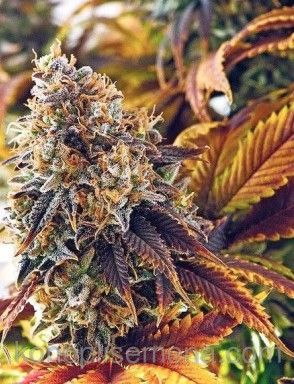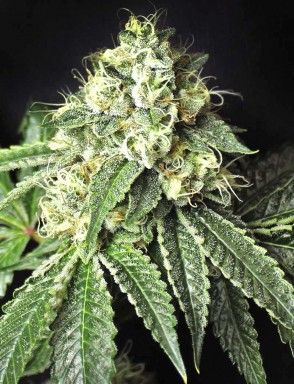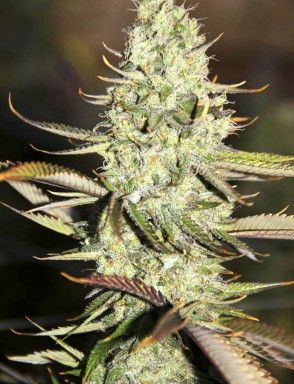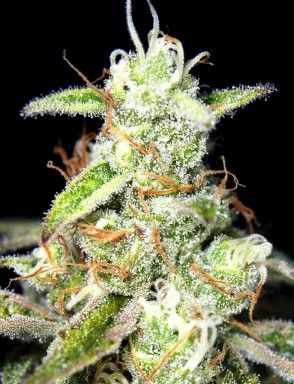Medical marijuana: what do we know?
Bob Marley
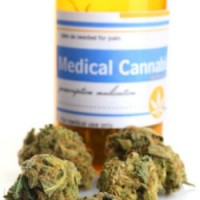
Medical Marijuana: More Details
People who are against medical cannabis usually dwell on the idea of how dangerous this herb is because of its psychoactive properties. However, that position can’t be anything else but the result of ignorance and prejudice! Firstly, among the organic substances that marijuana contains, only THC (tetrahydrocannabinol) can directly alter your perception and state of mind. Secondly, medical marijuana strains are rich in CBD (cannabidiol) and contain very little THC – such weed produces no intoxicating effects.Versatile influence of marijuana
Other components of medical marijuana and cannabis in general are being actively researched by scientists at the moment. Primarily, the vast areola of anti-inflammatory and analgesic effects are regarded as potentially useful in medical practice. Clinical research conducted on animals and on groups of human volunteers indicate that cannabis use affects all organ systems and tissues in the human body. Hence the many ways of applying medical cannabis arise. Perhaps in the future, many people will avoid many pharmaceuticals with unpleasant side effects by being able to buy cannabis seeds and grow their own medicine.
What medical cannabis contains – an outline
• КБД (каннабидиол) – оказывает противоконвульсивное и антипсихотическое действие, что замечено на примере исследования с больными шизофренией. Рецепторы, чувствительные к КБД также связаны с наращиванием костной массы, что говорит о возможном благом действии каннабидиола на срастание костных переломов, устраняет мигрень;
• CBD (cannabidiol) is the most popular cannabis compound that has anticonvulsant, sedative and antipsychotic effects (the latter were observed in a study with schizophrenic patients). CBD-sensitive receptors are also associated with bone mass building, suggesting a possible beneficial effect of cannabidiol on bone fracture healing and migraine relief;
• CBC (cannabichromene) is involved in the anti-inflammatory effects of cannabis and in creating the euphoric effect (by delaying anandamide to the blood), also helps bone growth;
• CBG (cannabigerol) – inhibits the multiplication of cancer cells;
• THC (tetrahydrocannabinol) – affects the areas of the brain associated with dreams and memory, slows the development of cancerous tumors. Normalizes appetite and reduces symptoms of intoxication during chemotherapy. THC has also been found to have a positive effect in the treatment of Tourette's syndrome, post-traumatic syndrome, glaucoma, phantom and postoperative pain, and muscle spasms.

Is cannabis smoking healthy for your lungs?
Taking cannabis results in a dilation of the bronchial tubes, which not only produces an expectorant effect, but also helps to stop an asthma attack. However, people who suffer from lung diseases had better consume marijuana edibles rather than smoke buds. The combustion products irritate the lung mucosa and can aggravate asthma. Fortunately, there’s also an option of vaporizing the active ingredients, which solves the problem. There are many users on the Internet reporting a reduction in the frequency of asthma fits thanks to vaping medical cannabis. Anti-allergic effects have also been noted, reducing the severity of allergic reactions (moreover, some medical cannabis users no longer suffer from their allergies).
Modern laboratory studies on animals also confirm the anti-coughing properties of medical marijuana, both in the pulmonary system (bronchial dilation leads to the clearing of mucus from the lungs) and in the brain – suppression of the cough center reduces the urge to cough.
Medical cannabis and appetite
The wide-known ability of cannabis to increase appetite and make eating more enjoyable is not limited to undesirable overeating that many potheads complain about. In some cases, this effect can significantly improve a person's condition! The anti-emetic effects of cannabis (i.e. eliminating the feeling of nausea) help many patients undergoing heavy medical treatment to maintain body weight and get enough nutrition. In fact, an inability to eat properly is an additional source of stress in their life – being able to enjoy the simple things like food or a good night’s sleep often goes a long way.
Besides, the decrease in acidity in the stomach provoked by cannabis use makes the plant a possible cure for ulcers – research in this direction has so far shown itself not without potential.
Female health and addictions – what’s in common?
In ancient times, marijuana was used to facilitate childbirth (Africa) and normalize the menstrual cycle and eliminate periodic pain in women (China).
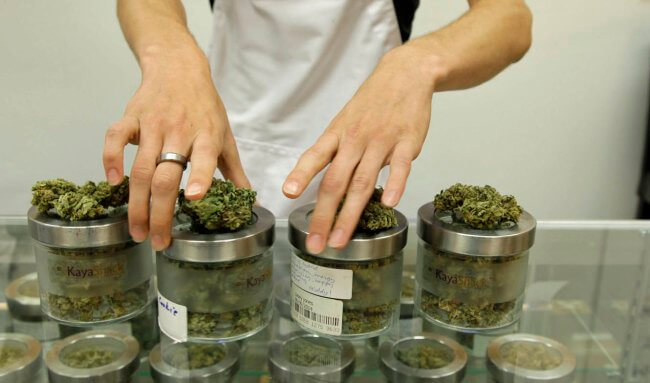
Analgesic Potential of Marijuana
Medical cannabis against neuralgia
The law and public opinion
12.03.2017
Featured

 ru
ru ge
ge ua
ua